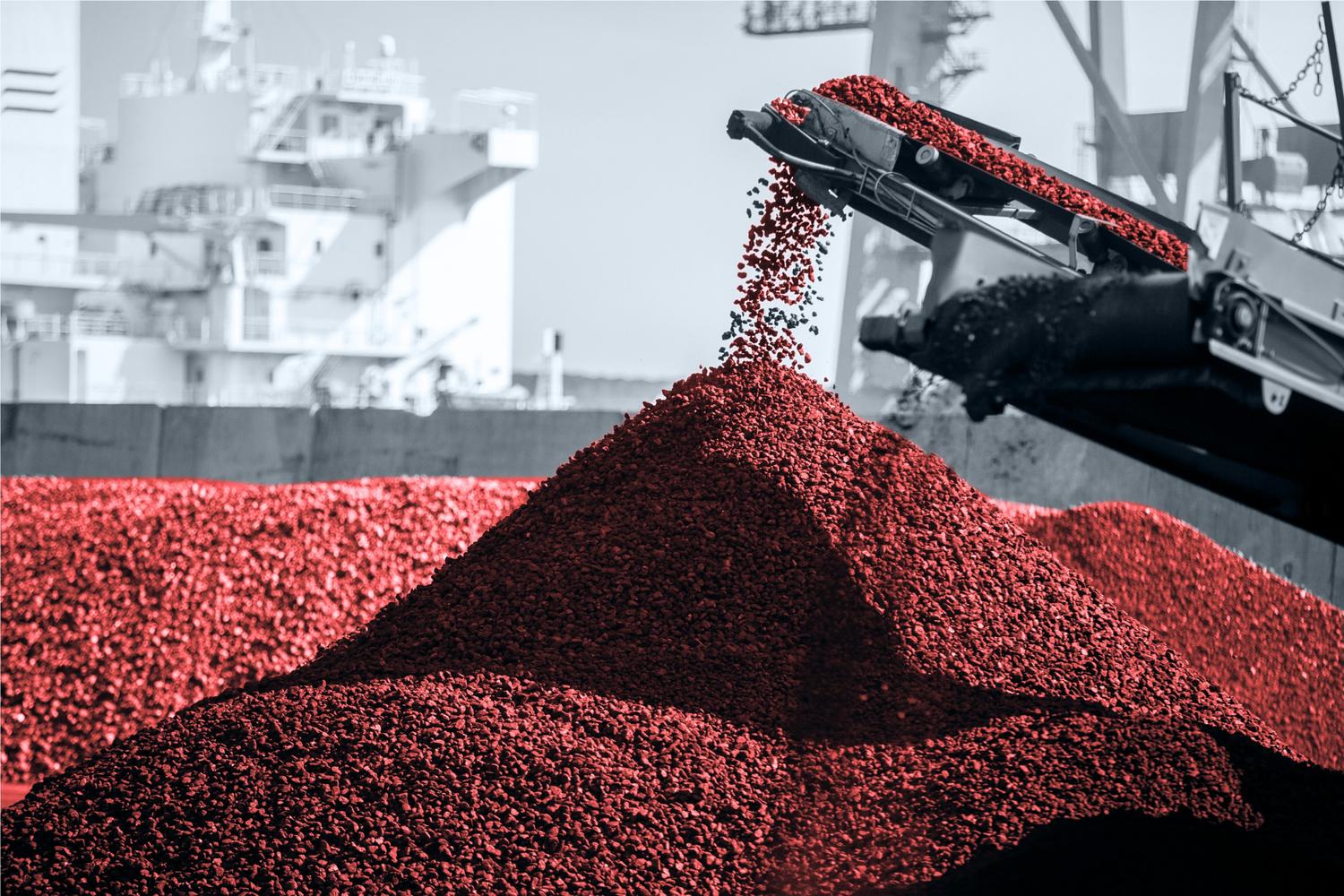Navigating uncertainty: The impact of Baltimore's bridge collapse on supply chains and coal trading
In the wake of the Francis Scott Key Bridge collapse in Baltimore on 26 March 2024 after being struck by the container ship DALI, the shipping and coal trading sectors face significant operational and logistical challenges. This tragic incident, marking a severe disruption not seen since the Tampa Skyway Bridge disaster of 1980, highlights the complexity of supply chains and the critical need for strategic planning and resilience in logistics operations.
Timely tactical adjustments in operations and routes
Within 24 hours of the incident, more than ten vessels, initially destined for Baltimore, rerouted to alternative ports as identified on Kpler's MarineTraffic data and reported on MarineTraffic Maritime News. This includes the redirection of the Liberian-flagged bulk carrier THALASSINI NIKI to Puerto Bolivar in Colombia and two vehicle carriers, the RCC CLASSIC and the GRAND TORINO, to Wilmington, North Carolina. These swift navigational adjustments highlight the maritime sector's need for real-time data and flexible routing strategies to mitigate disruptions.
Furthermore, the incident has spotlighted the essential role of AIS (Automatic Identification System) data in managing such crises. By providing up-to-the-minute information on vessel movements, AIS has proven indispensable for operators to make informed decisions swiftly, emphasising the technology's value in enhancing maritime logistical resilience.
Coal trading and supply chain disruption: analysing the early impacts

Kpler’s Lead Major Dry Bulks Analyst, Alexis Ellender recently shed some light on the significant ramifications for the coal supply chain on Kpler's Insight platform. The Port of Baltimore, with its strategic coal terminals Curtis Bay and CNX Marine Terminal, is a linchpin in the US coal trade, handling a considerable volume of coal exports bound for markets in India, Europe, and China. 2023 data from Kpler shows that Baltimore facilitated 27% of seaborne US coal shipments, although this only made up a small proportion of the global seaborne coal trade which topped 1.37 Bt.
The bridge collapse not only halted the operations of three dry bulk carriers within the port, but also interrupted the loading schedules of 14 dry bulk vessels destined to carry coal in the following days. This disruption poses immediate logistical challenges for coal traders and highlights the necessity for comprehensive contingency planning, including the exploration of alternative transportation routes and ports to ensure continuity in coal supply chains.
Strategic implications for logistics and supply chain management
For logistics and supply chain professionals within the broader maritime sector and those involved in coal trading, the Baltimore bridge collapse serves as a critical case study in operational resilience. In the short term, operators and supply chains must navigate the logistical hurdles posed by this expected minimum two-week cessation of port movements. This may involve rerouting shipments to alternative terminals or leveraging rail and barge transport solutions, albeit at increased costs.
In the long term, this event highlights the need for enhanced infrastructure resilience and the adoption of data and digital tools such as AIS and real-time tracking platforms such as MarineTraffic to facilitate rapid response to unforeseen disruptions. For coal traders, the incident reinforces the importance of diversifying supply sources and routes to mitigate the impact of localised disruptions on global commodity flows.
Building a more resilient future
The Baltimore bridge collapse represents a significant moment for the maritime and coal trading industries, emphasising the critical need for agility, foresight, and resilience in global supply chain and logistics strategies. By leveraging real-time data, commodity supply chains, traders and the wider maritime industry can minimise the impact of localised disruptions on global commodity flows.
Did you know?
All of the data and insight from this article came from the Kpler and MarineTraffic platforms. Enabling maritime professionals, commodity traders, producers and investors to reduce risk and maximise returns, to make better decisions, faster with real-time, unbiased expert research, AI-driven analytics, and precise forecasting.
See these powerful tools in action. Get your demo of the Kpler or MarineTraffic services now.








